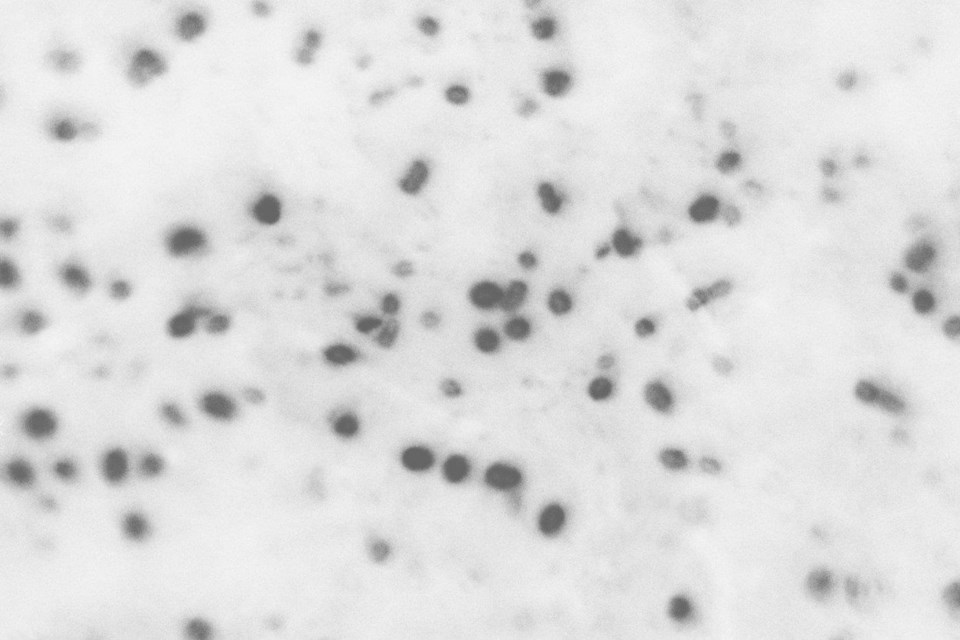Doctors are prescribing antibiotics to most kids and teens who have pink eye, despite guidelines that discourage their use, researchers reported Thursday.
More than two-thirds of U.S. children and teens who saw a doctor for pink eye left with a prescription for antibiotic eye drops, their research found. recommends that doctors do not routinely give out antibiotics for what's also called conjunctivitis, which usually clears up on its own.
Antibiotics don't work at all on viruses — the most common cause of pink eye. And even mild eye infections from bacteria will resolve on their own in most cases, the medical group says.
Pink eye is highly contagious and causes red, swollen and sometimes itchy eyes. Often, a chilled, wet towel and artificial tears are enough to ease symptoms.
researchers used a nationwide database of insurance claims from 2021. Nearly 45,000 children received care for pink eye at a doctor's office, eye clinic or emergency room and 69% were prescribed antibiotics, which come in drops and ointments.
Whether they were treated or not, return visits to the doctor for pink eye were rare, under 4%, according to the study published Thursday in the journal JAMA Ophthalmology.
Doctor’s offices gave antibiotics the most, to 72% of patients, compared to ERs at 57% and eye clinics at 34%.
That could be because eye clinics have the tools to figure out what is actually causing the pink eye and treat accordingly, said Dr. Rupa Wong, a pediatric eye doctor at Honolulu Eye Clinic and spokesperson for the ophthalmology group.
Dr. Daniel Shapiro, a pediatric emergency doctor and co-author of the study, said he understands why parents might be alarmed when their child has an infection.
“The eye looks red and nasty and so it’s pretty striking and scary," said Shapiro, of the University of California, San Francisco.
But antibiotics shouldn’t be overused if they aren’t going to help, he said.
The study didn’t dig into the specifics of why the antibiotics were prescribed or the outcome. But the fact that return visits were rare in either case suggests that patients are not at higher risk of complications or serious problems if they don't get a prescription, Wong said.
"There are more supportive measures we can take to make your child feel comfortable without resorting to antibiotic eye drops,” Wong said.
___
The Associated Press Health and Science Department receives support from the Robert Wood Johnson Foundation. The AP is solely responsible for all content.
Devi Shastri, The Associated Press




